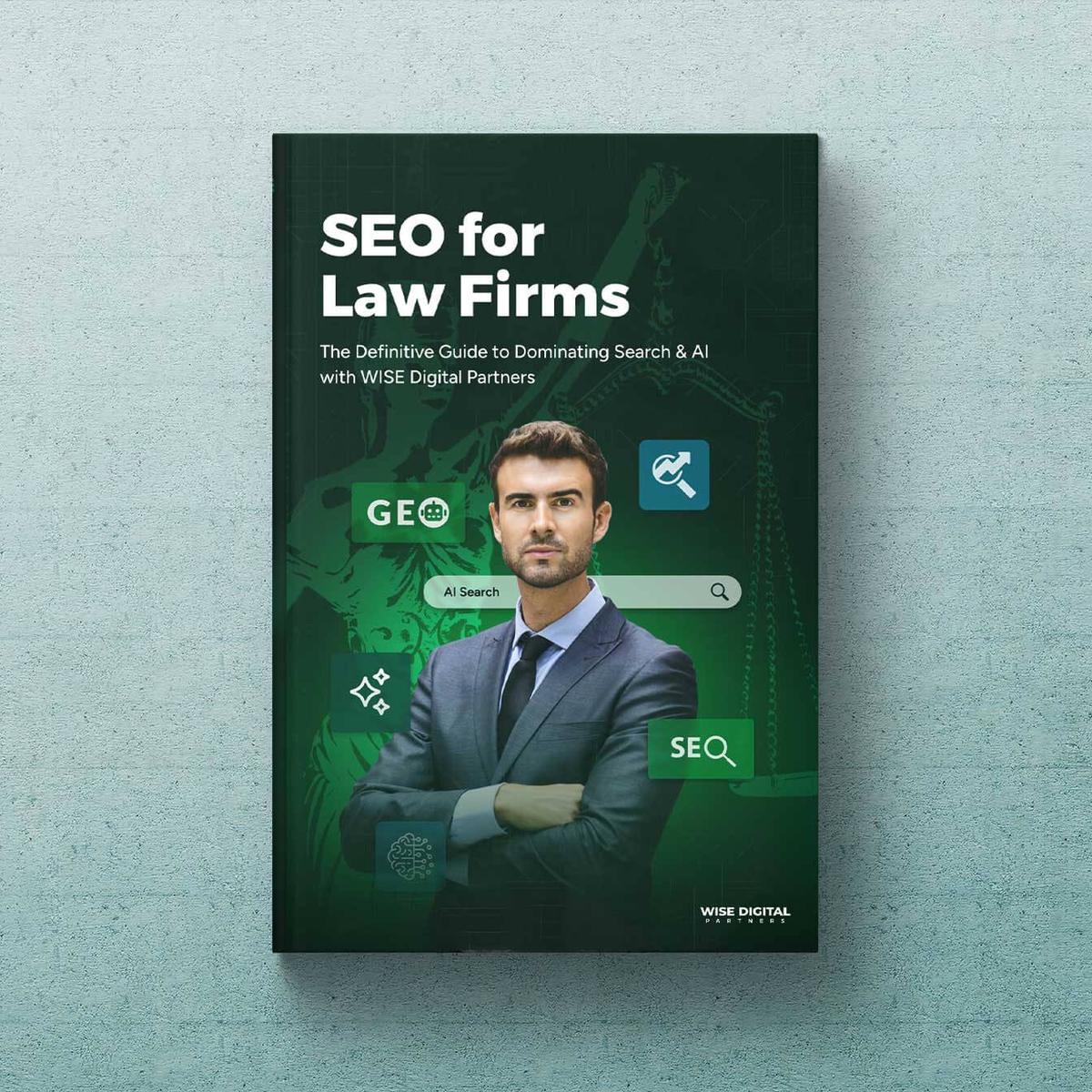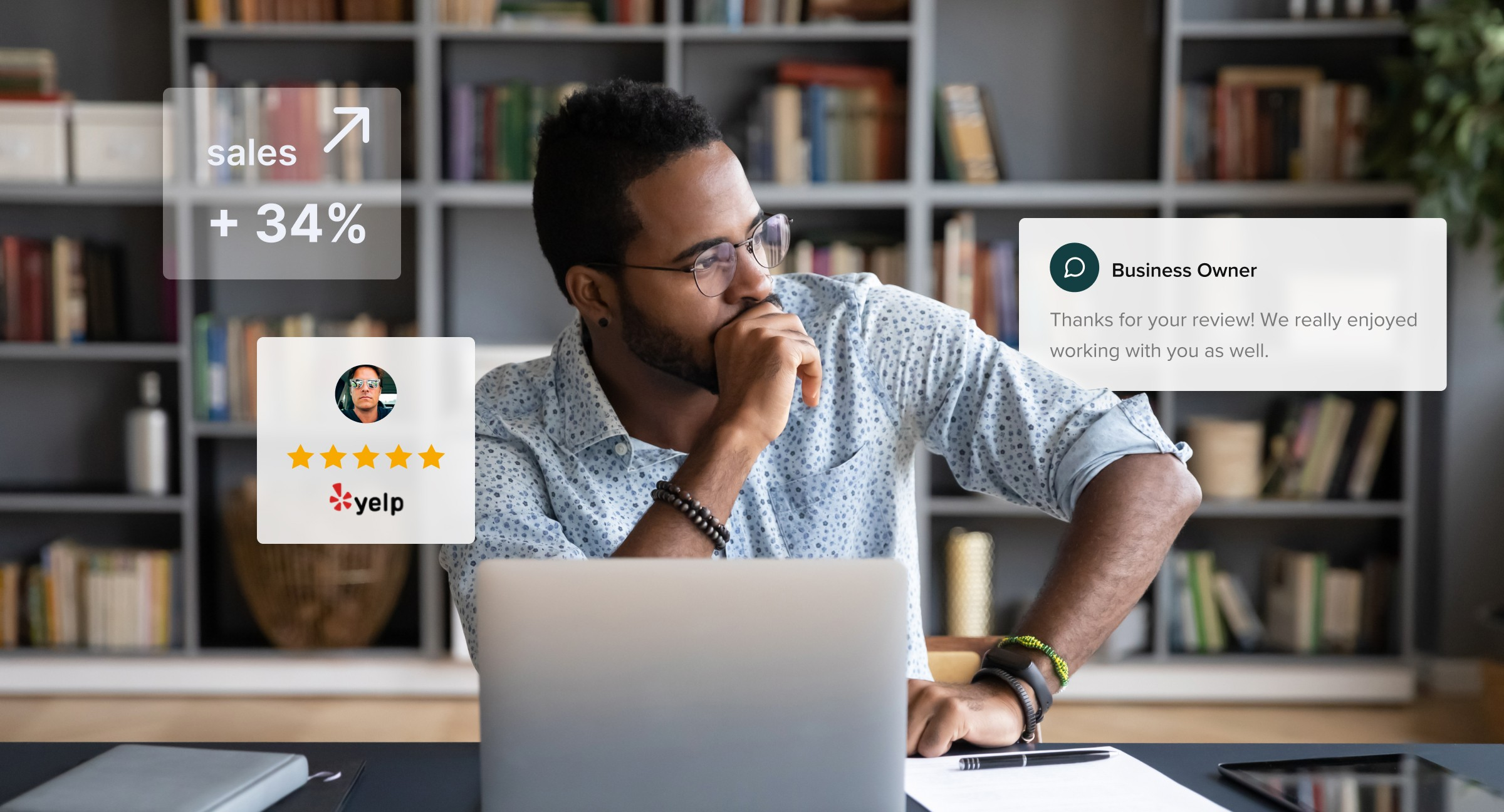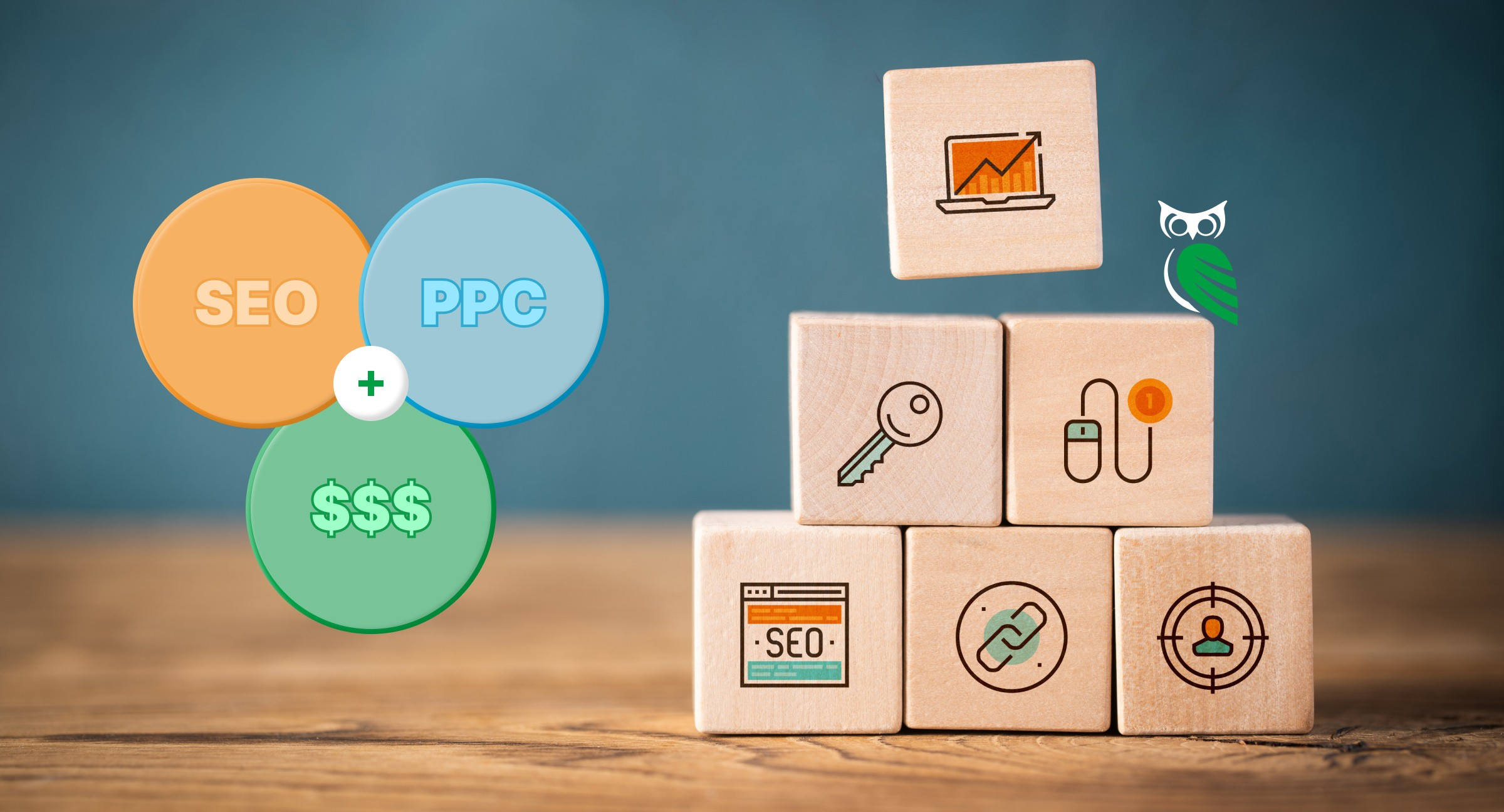It's Time to Get WISE.
A quick, honest call to assess your needs and point you in the right direction—no sales pitch. Best suited for:
- Established businesses with a defined marketing budget
- Businesses prepared to grow and scale
A deep dive with a top expert to uncover gaps and map a smarter path forward.
- Includes a $250 digital audit covering your website, SEO, local presence, and online performance—yours to keep.
- Get smart, actionable ideas you can apply to your business right away.

Enter the email you would like your guide sent to:

Enter the email you would like your guide sent to:

Enter the email you would like your guide sent to:
Apply Today
Please fill out the information below. Someone on our team will reach out in 3-5 business days to schedule a call if we see a good fit.
Book Patrick Dillon
Thanks for your interest in booking WISE CEO Patrick Dillon on your podcast! Please complete the form below, and a team member will contact you shortly.

Remove Negative Reviews.
Optimizing Customer Engagement: A Quick Guide to Omnichannel Marketing

by WISE Digital Partners
April 22, 2024

On a good day, closing a sale takes an average of eight touchpoints. On a bad one, it can take as many as 50. And, unfortunately, with every one, there’s a chance the customer may find a hole and swim out of the sales funnel. Omnichannel marketing is a critical strategy we use to stay one step ahead of consumers—hitting them with consistent messaging at exactly the right time while simultaneously strengthening brand loyalty and retention, fostering trust, and driving increased conversion rates.
Why Omnichannel Marketing is Important
Customers crave consistency. But, as the consumer data suggests, staying consistent without being overwhelming is tricky:
- Two-thirds of consumers say they want fewer marketing messages.
- Nearly 80% say they’ve unsubscribed from brand messaging in the last three months.
- An additional 61% say they unsubscribed because of too much messaging.
- Only 9% of respondents open more than 75% of marketing emails.
Our omnichannel marketing strategies help brands restore balance, hitting customers with the right messaging, in the right way, at the right time by using:
- Consistent branding
- Relevant content
- And data-driven insights
Here’s a basic overview of how the WISE team approaches omnichannel marketing.
Creating an Omnichannel Marketing Strategy the WISE Way
Step 1: Establish Brand Identity
Customers need to know what your brand stands for—your core values, mission, and the unique value proposition you offer. If your brand is missing the mark, our Brand Identity Services are designed to distill your message and bring it to the forefront.
We help refine your brand with logo support, brand guidelines, custom graphics, social media messaging, and everything you need to maintain brand consistency across all channels.
Then, we work with you to ensure everyone in your organization understands and can effectively communicate that brand identity.
Step 2: Deliver Relevant Content to the Right Place
To truly connect with your audience, you need to do two things: meet them where they are and give them the content they crave. Here’s how we do it.
Every audience segment has its own preferred communication channel, whether it be Facebook, Instagram, LinkedIn, email, chat, or others. Identifying these platforms is a critical first step. So, we begin by determining where your target audience spends their time to ensure the content we create speaks directly to their wants, needs, and pain points.
Keep in mind that the key to delivering impactful content goes beyond simply offering variety. The content must also be consistent across all channels and adapt to fit the context of each platform—all while maintaining a cohesive message and brand identity.
Easier said than done. And this is why data collection is so critical.
Step 3: Collect & Interpret Data
Without data, you’re guessing. That’s not a marketing strategy. At this stage, we begin collecting data from customer interactions across every channel, looking at analytics across the board. These metrics reveal critical information about consumer behavior—their preferred devices, the type of messages they respond to, their preferences, and more.
As we analyze the data, we look for patterns. More specifically, we look for common behaviors—which products or content customers engage with the most, when they tend to make purchases, and what factors drive their loyalty.
Identifying these behavioral trends allows us to create more targeted campaigns, offer personalized experiences, strengthen customer relationships, and facilitate a unified customer journey.
Step 4: Segment the Audience. Map the Journey.
It isn’t just information overload that scares customers away. Even if our messaging is appropriately timed, our team has to consider whether we are hitting your customers with targeted content that truly matters to them.
Rather than sending generic, one-size-fits-all messages, we use segmentation. That means dividing customers into groups and sorting by demographics, behavior, or purchase history.
Doing this creates a roadmap for delivering what customers need at each stage of their journey. This is key to achieving better engagement and higher conversion rates.
Step 5: Test Data-Driven Insights
The journey doesn't end here. Once we’ve used data to tailor your messaging, the next big step is checking how well it's working.
This stage involves strategic refinement, where we experiment with different aspects of your marketing campaigns to identify what resonates best with your audience. For example, our Paid Media team may analyze data to look for trends, begin A/B testing, and start shifting budgets toward higher-performing campaigns or channels. This reduces unnecessary spending, maximizes effectiveness, and gives us a real-time understanding of how our omnichannel marketing strategy is performing.
Let WISE Help You Master Omnichannel Marketing
Ready to create a seamless brand experience that resonates with your audience wherever they are? WISE can make it happen. Check out some of the work we’ve done for our other clients—the results speak for themselves. Then book a meeting to get started.
Share
Subscribe to WISE Insights
Stay ahead of the digital marketing curve and never miss a lucrative trend or insightful tidbit – subscribe to our WISE blog!
Keep Reading
Build. Grow. Soar.
Get WISE about digital marketing with advanced services, industry experts, and cutting-edge tools designed for long-term, sustainable growth.




